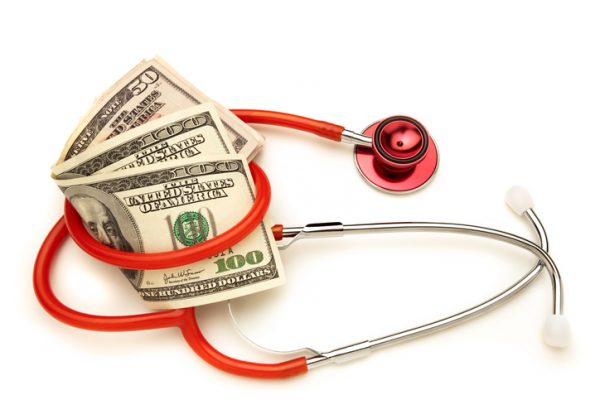
As the new year approaches, interest in digital payment options for the healthcare industry is only growing stronger. Digital adoption has increased at both the patient and practice levels. Payment options popularized by retail settings have led to improved patient experiences across the industry, adding accessibility to the payment journey that consumers have come to expect in other facets of life.
Buy Now, Pay Later (BNPL), a type of payment plan that allows consumers to pay for large purchases in installments, is a concept that translates from the checkout page to the provider’s office. A joint report conducted by PYMNTS and Amazon Web Services found that “roughly 43% of the total consumer base would use BNPL to make high-value service purchases, which translates to 111 million consumers. As many as 41% of consumers believe that BNPL options are better than personal loans.”

Solving Healthcare’s Provider Data Problem Starts with Interoperability
Break down the silos. Take control of your provider data.
According to a recent survey by the Robert Wood Johnson Foundation, 74% of respondents have worried about their healthcare costs over the past year and 49% say those costs have harmed their personal finances. As many healthcare costs can be difficult to manage, payment plans offer relief. BNPL creates the opportunity for patients to pay what they can afford, so practices can get paid more reliably.
In addition to BNPL, digital communication tools like QR codes and text messages have found new relevance in healthcare as they have become normalized through changes made to consumer payment experiences. Continued adoption of these digital communication tools has the power to transform the patient check-in and check-out experience at the practice. From registration to payment, the provider-to-patient connection becomes stronger, safer, and more secure using digital tools, while also offering consumer-friendly convenience.
Rise of the consumer-centric patient
Undoubtedly, healthcare organizations are aware of the importance of offering a consumer-oriented experience when interacting with the practice for their care. As digital payment options penetrate the traditionally slow-moving healthcare industry, patient’s expectations of contactless methods continue to rise. Patients are now accustomed to the convenience of digital options, and this experience will affect patient loyalty–especially for generations fully familiar with digital flexibility and freedom. The digital transformation enables patients to manage their care and the financial responsibility associated with that care.
According to a Forrester report, “Consumers have higher expectations that digital experiences work well. … Consumers also expect companies to double down on building a successful and sustainable digital customer experience.” Digital interaction is an especially important facet of the consumer healthcare experience, and expectations for that type of process will continue to be more desirable.
The patient-payment expectation
The payment portion of a patient’s healthcare experience has traditionally been fraught with uncertainty and friction, but digital communication and payment tools create an opportunity for practices to be transparent about patient responsibilities. When a patient first visits a provider’s office, the first thing they are asked to present is their insurance card. Why not also ask patients to present their preferred form of payment? This creates a space for practices to set the payment expectation upfront.
This transparency is necessary to the retail environment, and is what patients are increasingly looking for in healthcare. One recent study showed 56% of consumers would consider switching providers for a better healthcare payments experience. There are benefits for the provider as well as they realize improved accounts receivables.
These digital payment capabilities enable practices to connect more effectively with their patients, not only creating a better experience and more space for financial accountability, but empowering patients to take a greater role in their care. As this technological trend continues, digital adoption can only accelerate.
Photo: JamesBrey, Getty Images
With over 20 years of experience in the payments industry, Michelle Dowling is the Vice President of Marketing at Rectangle Health. She has spent the last eight years dedicated exclusively to the healthcare community, helping practitioners leverage technology to maximize the revenue cycle and enhance the provider-patient relationship. It is her passion to educate healthcare leaders on the importance of utilizing the latest digital tools to transform office processes for the betterment of staff and patient experience. Connecting with medical, dental, and specialty offices across the country, she advocates that all practices can be financially healthy.
This post appears through the MedCity Influencers program. Anyone can publish their perspective on business and innovation in healthcare on MedCity News through MedCity Influencers. Click here to find out how.








